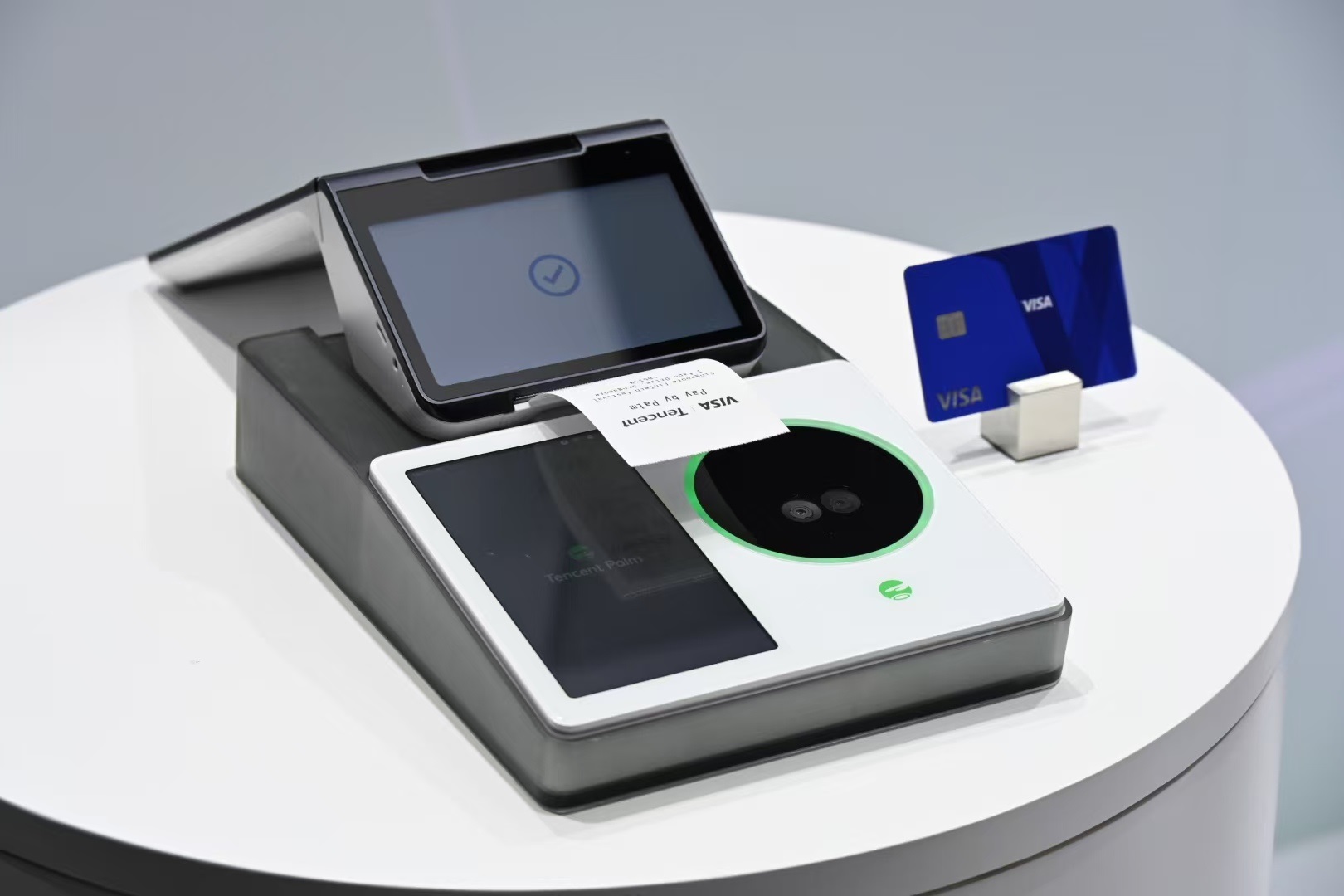Tencent and Visa regain control of palm payments

While Amazon has been looking to deploy palm recognition in its services for several years now, Visa is now also getting involved in this trend. The American payment giant has joined forces with Chinese technology giant Tencent to present a joint palm-recognition payment solution
FACTS
-
Tencent and Visa have formalized their partnership to offer a new payment solution based on palm recognition.
-
This solution is to be offered primarily in Singapore as part of a pilot program. The first potential users of the service will be Visa cardholders of participating banks, including DBS, OCBC and UOB.
-
The solution is also accepted as a means of payment at the first merchant, Alchemist, a café in Singapore. Tencent and Visa are considering further expansion plans, which should be announced shortly.
-
To test the solution, pilot users will need to register at the Alchemist merchant's point-of-sale by :
-
presenting their Visa card on a dedicated reader,
-
scanning their palm,
-
quickly completing their program registration.
-
-
They can then simply present their palm on the dedicated reader installed at Alchemist to pay for their consumption without having to take out their card or smartphone.
CHALLENGES
-
Satisfying local expectations: Tencent and Visa have drawn on the results of a biometrics study submitted to Singaporeans. It revealed that nearly seven out of ten Singaporean consumers consider biometric payments to be a secure means of payment.
-
Facilitating payment : in complete security: Tencent and Visa underline their ambition to improve the payment experience, without compromising on transparency or transaction security. The two partners insist on the secure nature of their initiative, based in particular on the encryption of stored data.
-
Countering Amazon: The new solution launched by Visa and Tencent is also a response to another web giant, Amazon. The American company is committed to the democratization of this type of technology, with a growing number of applications in recent years (for payment, ticketing, access control or age verification, for example).
MARKET PERSPECTIVE
-
The rise of biometric payments is part of a wider trend towards significant modernization of transactions, including in-store. According to Juniper Research's Global Biometric In-store Payments Market: 2024-2028 report, 46 billion biometric transactions are expected worldwide by 2028.
-
High forecasts, then, while the democratization of this type of solution nonetheless raises questions about consumer data protection, and requires compliance with particularly stringent security standards.
-
On the more specific subject of palm-recognition payment, a number of initiatives were ultimately unsuccessful in France. Last July, Carrefour announced its intention to accept payments via palm vein recognition in one of its Paris stores. At the time, the retailer was officially relying on Ingenico to renew the shopping experience for its customers.
-
In the end, however, the project came to nothing, brought to a screeching halt by the CNIL, which pointed out in particular that the risks in terms of RGPD consent were too high, despite user consent.
